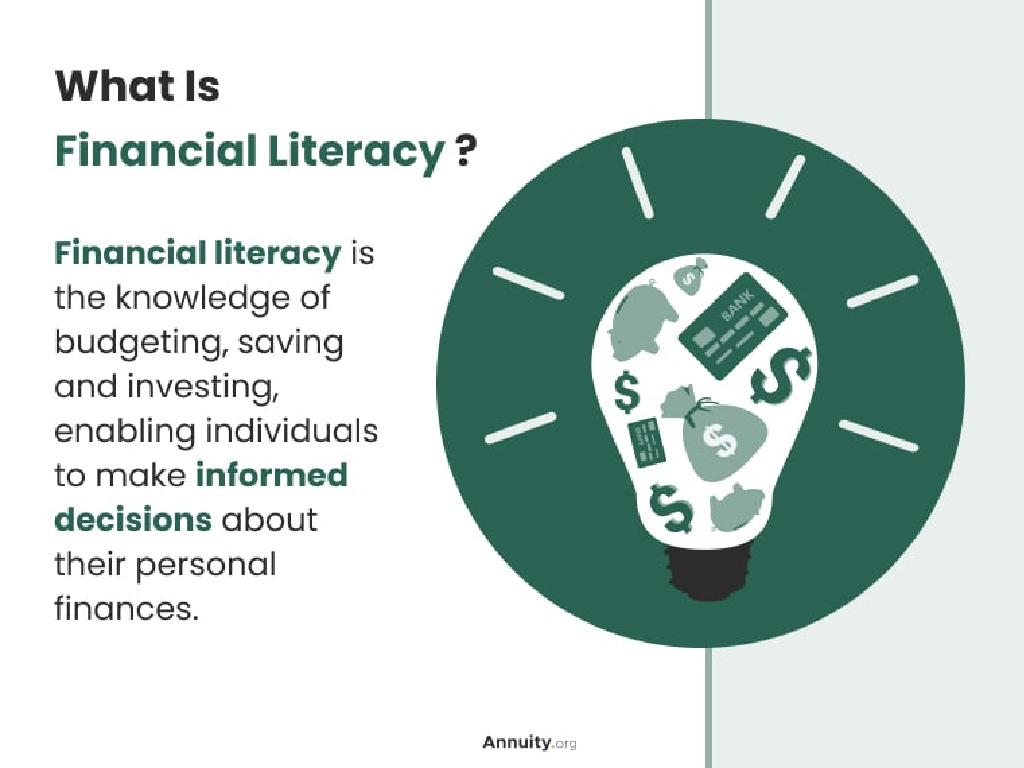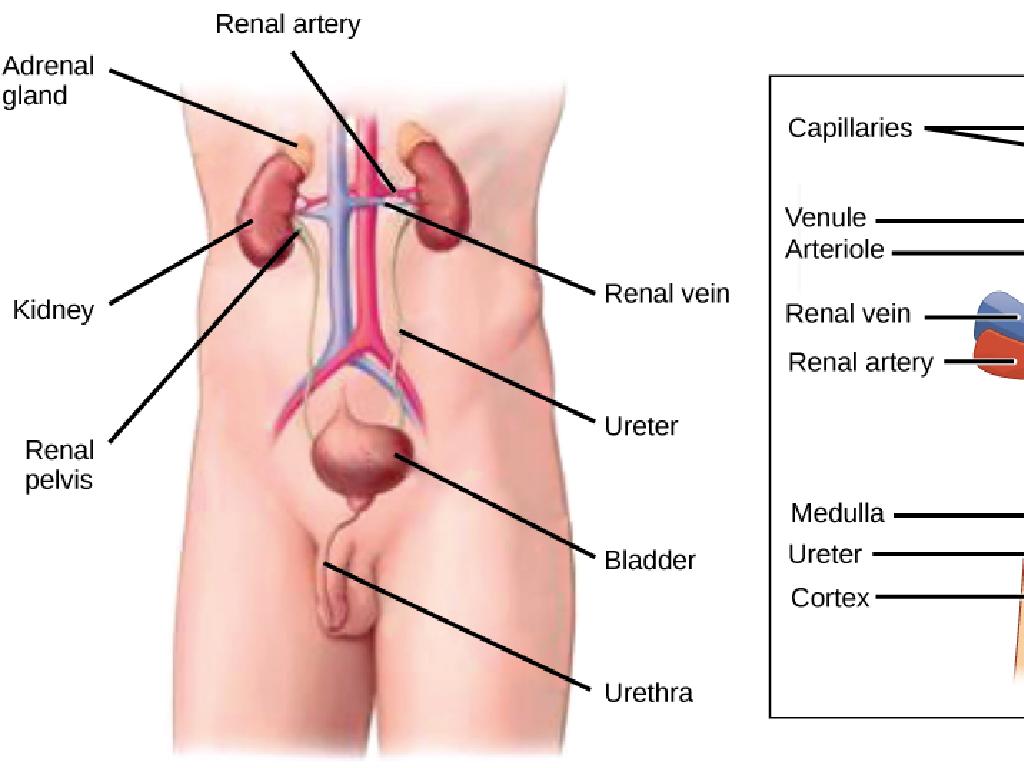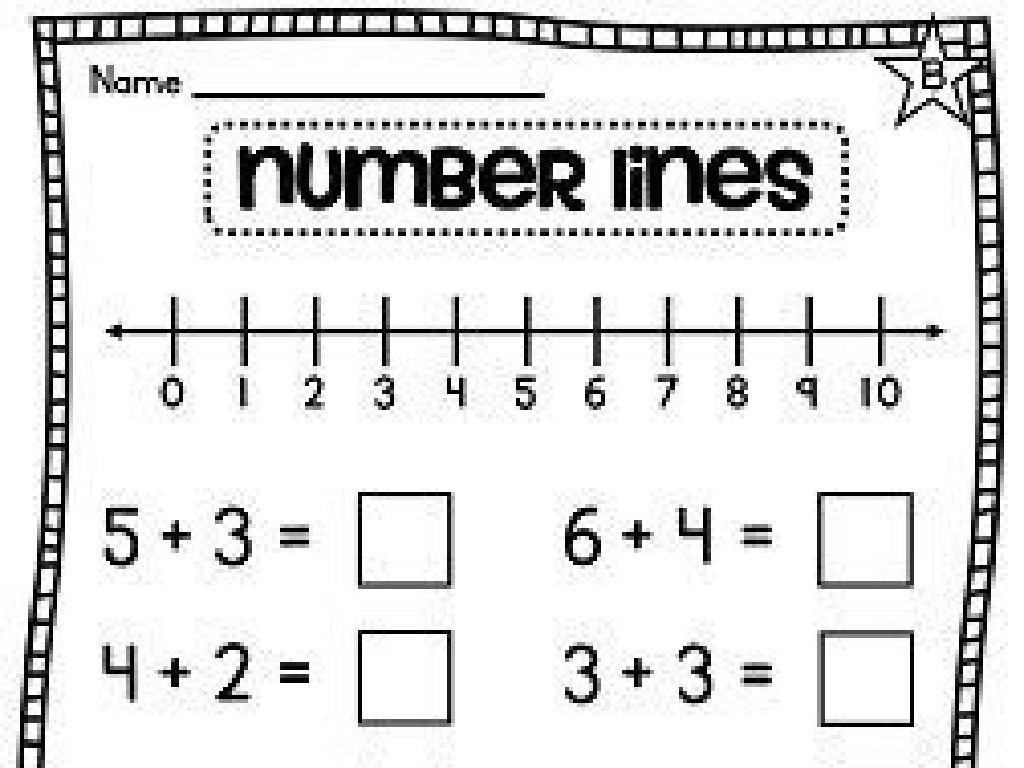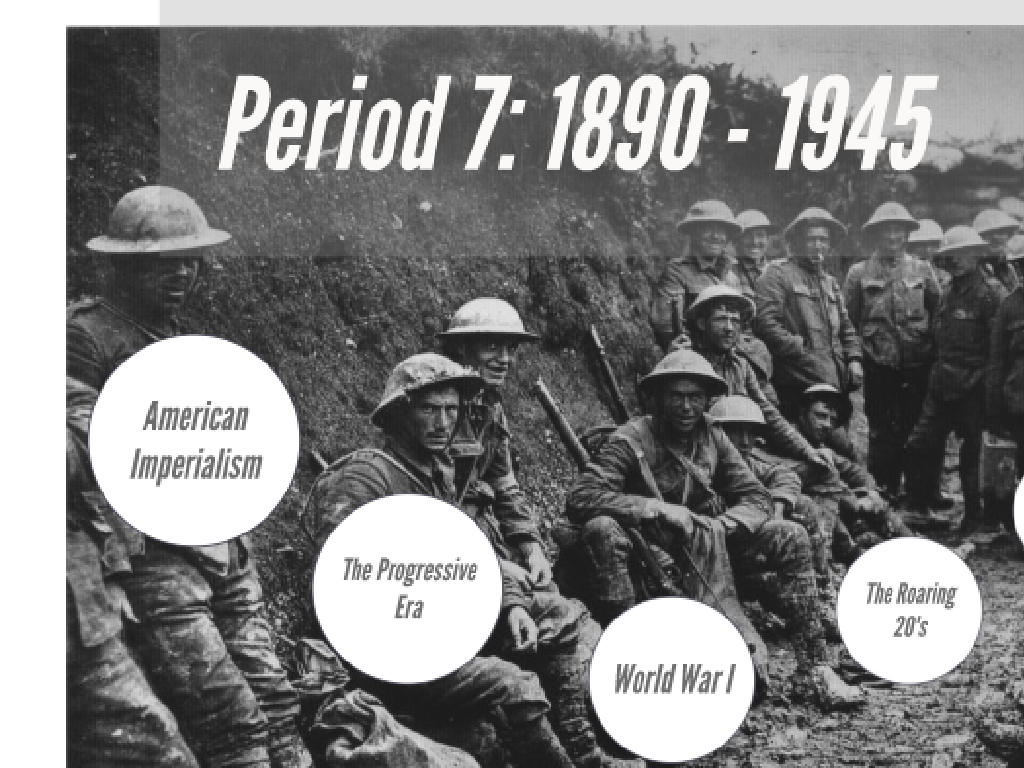Multiply Decimals
Subject: Math
Grade: Seventh grade
Topic: Operations With Decimals
Please LOG IN to download the presentation. Access is available to registered users only.
View More Content
Introduction to Multiplying Decimals
– Grasp the concept of decimals
– Decimals represent fractions of a whole, like 0.5 is half
– Importance of decimal multiplication
– Essential for advanced math, finance, and measurements
– Real-world uses of multiplying decimals
– Used in money calculations, measurements, and statistics
– Practice problems for mastery
|
This slide introduces the concept of multiplying decimals, which is a crucial skill in mathematics. Begin by ensuring students understand what decimals are and how they represent parts of a whole. Emphasize the importance of learning to multiply decimals for use in more complex math problems, financial calculations, and precise measurements in various fields. Provide real-life examples such as calculating money or measuring ingredients in cooking to illustrate the practical applications of decimal multiplication. Conclude with practice problems to reinforce the concept and ensure students can apply what they’ve learned to real-world scenarios.
Review of Decimal Concepts
– Recap decimal place values
– Understand units, tenths, hundredths, etc.
– Whole numbers vs. decimals
– Decimals have a point; whole numbers do not.
– Reading and writing decimals
– Say the number before the decimal, then ‘and’, then the decimal part.
– Practice decimal notation
|
This slide is aimed at refreshing students’ understanding of decimals before diving into multiplication of decimals. Start by revisiting the place value chart to reinforce the position of tenths, hundredths, and so on. Highlight the difference between whole numbers and decimals, emphasizing the decimal point’s role. Practice reading decimals aloud, ensuring students are comfortable with the ‘and’ to signify the decimal point. Engage the class with examples and have them practice writing numbers in decimal notation to solidify their understanding. This foundational knowledge is crucial for performing operations with decimals.
Multiplying Decimals Step-by-Step
– Multiply as whole numbers
– Count decimal places
– Add up the decimal places from both numbers
– Place decimal in product
– The product’s decimal point is placed to ensure the total decimal places match the count
– Example problem
– Multiply 3.2 by 4.5, ignoring decimals first (32 x 45 = 1440), then place the decimal (14.40)
|
When teaching students to multiply decimals, start by having them ignore the decimal points and multiply the numbers as if they were whole numbers. This simplifies the process and focuses on their multiplication skills. After obtaining the product, instruct them to count the total number of decimal places in the original numbers. This count is crucial as it determines where to place the decimal point in the answer. For example, if the original numbers have three decimal places combined, the product must also have three decimal places. Provide several examples with different numbers of decimal places to practice. Encourage students to double-check their decimal placement by estimating the answer before multiplying.
Multiplying Decimals: Step by Step
– Multiply as whole numbers
– Count total decimal places
– Add up decimal places from both numbers
– Place decimal in the product
– The product must have the same total decimal places
– Solve practice problem
– Example: 0.5 x 0.2. Multiply as 5 x 2, then place one decimal for the answer, 1.0
|
This slide introduces students to the process of multiplying decimals. Start by ignoring the decimals and multiplying the numbers as if they were whole numbers. Next, count the total number of decimal places in both factors. This is the number of decimal places the answer must have. Place the decimal point in the product accordingly. Finish with a practice problem, such as 0.5 x 0.2, to apply these steps. Encourage students to work through the problem and understand the importance of decimal placement in the final answer. Provide additional examples if needed and ensure to clarify any doubts.
Complex Decimal Multiplication
– Multiply numbers with multiple decimals
– Example: 3.456 x 2.34. Align decimals, not digits.
– Decimal and whole number multiplication
– Example: 0.75 x 4. Multiply as whole numbers, then place the decimal.
– Group activity: pair problem-solving
– Work with a partner to tackle challenging problems.
|
This slide focuses on multiplying decimals, especially when dealing with multiple decimal places and when combining decimals with whole numbers. Start by demonstrating how to align the numbers by their decimal points, not the digits, and then proceed with the multiplication as if they were whole numbers. Afterward, count the total number of decimal places in both numbers to place the decimal in the answer correctly. For whole number multiplication, remind students to multiply as usual and then place the decimal in the product. The group activity is designed to foster collaborative learning and problem-solving skills. Provide pairs of students with a set of complex decimal multiplication problems to solve together. Possible activities could include real-life scenarios, such as calculating the cost of items or measuring ingredients in a recipe, to make the exercise more engaging and practical.
Multiplying Decimals: Tips and Tricks
– Use estimation for quick checks
– Round decimals to nearest whole number to estimate the product.
– Be aware of common mistakes
– Don’t forget to align decimal points correctly.
– Learn shortcuts for special cases
– For decimals ending in zeroes, count zeroes then multiply.
– Practice with examples
|
This slide aims to equip students with strategies to efficiently multiply decimals and verify their answers. Estimation is a valuable skill to approximate the result and check for reasonableness. Emphasize the importance of decimal alignment to avoid common errors. Introduce shortcut methods, such as handling trailing zeroes by counting them before multiplying the non-zero digits. Provide practice problems that allow students to apply these tips and tricks, reinforcing their understanding and building confidence in their ability to multiply decimals accurately.
Class Activity: Decimal Multiplication Challenge
– Split into groups for math problems
– Each group solves decimal multiplication
– Use grid paper or vertical method for calculations
– Present solutions and methods to class
– Discuss the variety of approaches
– Compare and learn from different solving techniques
|
This activity is designed to encourage collaborative learning and to highlight the different methods that can be used to multiply decimals. Divide the class into small groups and provide them with a set of decimal multiplication problems. Each group should work together to solve the problems, encouraging them to discuss and decide on the best method to use. After solving, each group will present their solutions and the methods they used to the class. This will be followed by a class discussion where students can compare the different approaches and reflect on the advantages and disadvantages of each method. Possible activities for different groups could include using models, the standard algorithm, or the lattice method for multiplication. The goal is for students to understand that there are multiple ways to arrive at the correct answer and to appreciate the value of teamwork.
Wrapping Up: Multiplying Decimals
– Review of decimal multiplication
– Practice makes perfect
– Consistent practice is key to mastering new skills
– Patience in learning math
– Understanding may take time, stay persistent
– Homework: Decimal worksheet
– Complete the provided worksheet to reinforce today’s lesson
|
As we conclude today’s lesson on multiplying decimals, it’s crucial to emphasize the importance of practice and patience in mastering mathematical concepts. Reiterate the main points covered in the lesson and remind students that becoming proficient with decimals takes time and effort. Assign the practice worksheet on multiplying decimals as homework to reinforce the day’s learning objectives. Encourage students to approach each problem methodically and to review their notes if they encounter difficulties. Remind them that making mistakes is a part of the learning process and to seek help if needed. The worksheet should cover a range of problems, from basic to more challenging, to cater to different learning levels within the class.





